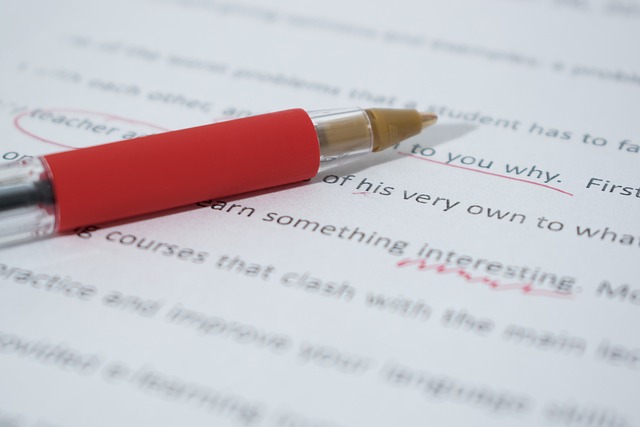Editing a novel is not for the faint of heart but it is a vital step that self-publishing authors need to take before printing a book. Here are 5 tips to help the editing process go as smoothly as possible.
1. Let it Sit
Many authors want to start with edits the moment they have written The End. Unfortunately, that often means they are too close to the writing and unable to detect its flaws. They remember what they were trying to say and may not see areas where readers might be confused.
Instead of starting the editing process immediately after drafting a novel, self-publishing authors should take some time to let the novel sit and rest. This is a great chance for the self-publishing author to start a new book or simply rest and enjoy self-care. The length of rest will depend on many things, but several weeks or even a month is a good amount of time to allow the self-publishing author some distance from their story.
2. Start With Content
There are many types of editing but content edits should be the primary focus of the initial round of editing. Too often, writers spend time worrying over word choice in an edit only to realize that the scene the troublesome word was in needs to be scrapped entirely.
If something small jumps out at the author as a huge problem they can make a note of it but the first pass isn’t the time to worry over minutiae.
A content edit looks at big-picture things such as character consistency, plot holes, and incongruity in the setting. These are things that will have the most impact on reader enjoyment. For experienced self-publishing authors, this is going to be where the most changes are made. Scenes might be added, reordered, or removed. Plot holes should be stitched and mended.
3. Get Help from Others
During the content editing stage, it can be helpful for the author to join a critique group, enlist a beta reader, or, in the more extreme cases, hire a ghostwriter to help fix content issues in a manuscript.
Readers who aren’t the creator may see manuscript issues the self-publishing author is blind to due to their closeness to the work.
4. Focus on Ease of Reading
Once content edits are finished the writer can get down to the more particular edits. Most of the edits at this phase are for clarity and readability. This is where the self-publishing author may choose whether a pillow is pink or salmon. Did the character briskly walk or run?

There is lots of advice out there on the use of adverbs and dialogue tags but for readers, clarity and ease of reading is the key thing and so that’s what the self-publishing author should focus on when looking at the smaller details of editing.
5. Know When to Stop
Knowing when to stop editing can be incredibly tricky for self-publishing authors. Some stop after one pass when a book is still riddled with errors that disrupt the reader’s experience. On the other hand, many self-publishing authors stall their book printing as they go back and change tiny details of the story such as the color of the curtains or the type of flower in a garden.
The goal of a self-publishing author should be printing a book that is readable and enjoyable to the consumer. It will never be perfect but it can still be a delight to read.
When an author finds they are no longer running into true errors in their manuscript and are mostly spending their editing time tinkering with perfectly readable sentences then it is time to hire a book printing service and get their words out into the world
Edits are tricky but finding book publishing services shouldn’t be. InstantPublisher is here to assist with the book publishing process. Check out our website today.
